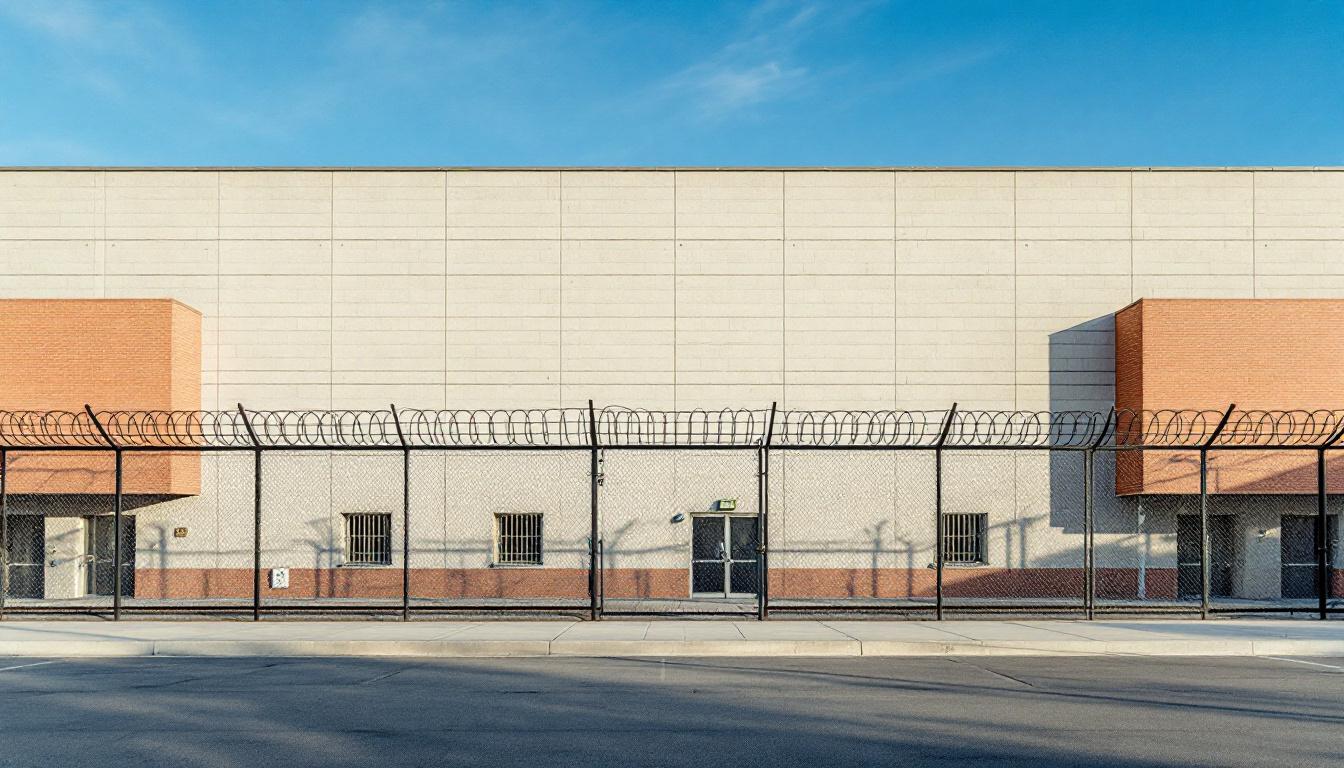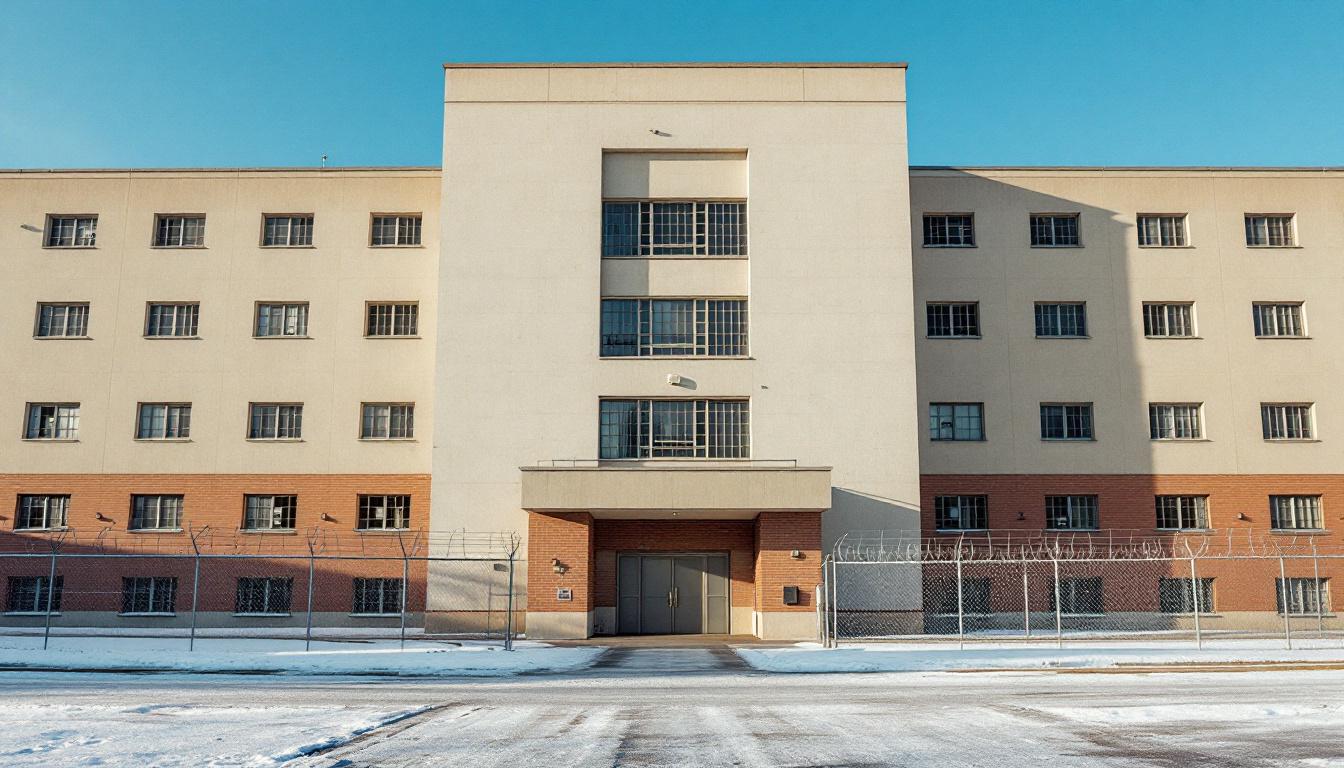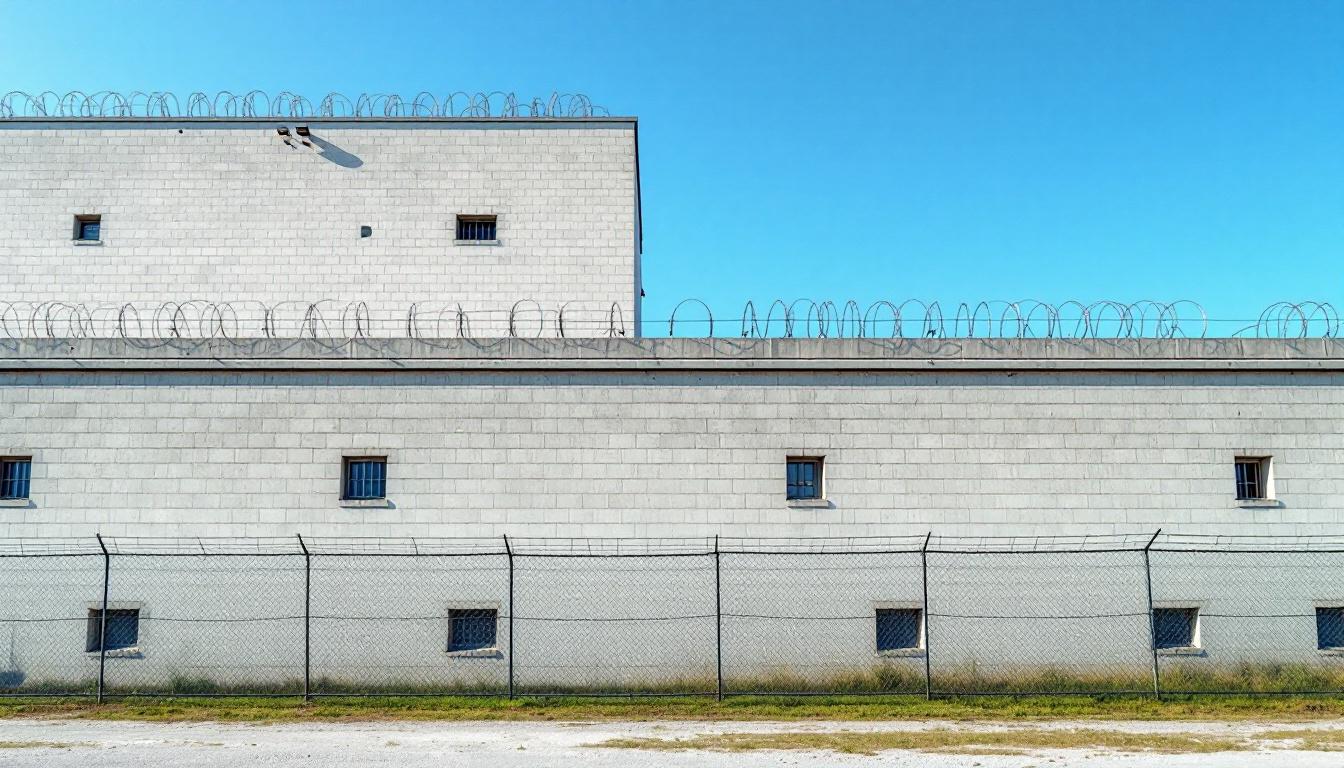
Quick Navigation
How to contact an inmate at Labette County Sheriff
This comprehensive guide will walk you through how to connect with an inmate at Labette County Sheriff. Follow the steps below to find an inmate and send letters and photos:
- Search for the inmate using our search tool below
- Create your account or log in to Penmate
- Write your message (up to 6,000 characters)
- Send instantly - inmates receive printed copies daily
Find an Inmate
Search for an inmate to start communicating today
Tip: You can search by first name, last name, or inmate ID number
To contact a person at Labette County Sheriff start by searching for the person on the official facility website. Perform a search by following these steps:
- Step 1: Enter their first name and last name into the search form and click "Search"
- Step 2: Locate their inmate record
- Step 3: Write down their Inmate ID and any housing information provided
Important! Be sure to enter the person's full name. Nicknames should not be used.
How to Send Messages to Inmates

You can use your phone or computer to send emails, letters, and photos to an inmate. Messages are sent electronically to inmate tablets or kiosks at the facility. If you would like to send a message, start by searching for an inmate at Labette County Sheriff.
Sending Photos and Postcards

A great way to send love and support to a loved one at Labette County Sheriff is to send photos and postcards. It only takes a few minutes to send photos from your phone and it makes a huge difference. You can also mail postcards with words of support and inspiration, or design your own postcard for special moments like birthdays and holidays.
Important! Be sure not to send any explicit photos or they may not be approved by the facility. You can also use a photo printing app like Penmate to make sure your photos are printed at the correct size (4x6 or 3x5) and are mailed according to the rules and regulations of Labette County Sheriff.
Frequently asked questions about Labette County Sheriff
-
How long does it take to deliver a message?
If you're sending an email message your letter is usually delivered within 24-48 hours. For messages sent via mail you should expect delivery within 3-7 days. All messages will need be approved by Labette County Sheriff.
-
How much does it cost to send a message to Labette County Sheriff?
You can send a message free using your phone or mail a message via USPS for the price of a $0.60 stamp and envelope. You can also purchase credits or e-stamps from services starting at $1.99.
-
What services can I use to contact an inmate at Labette County Sheriff?
Penmate
You can use Penmate to send letters and photos to an inmate from your phone. It's an easy way to stay in touch during your loved one's incarceration. Use the inmate locator to find an inmate's location and contact information, then you can send messages within a few minutes.
Securus messaging
Securus may be another option for communicating with an inmate at Labette County Sheriff. You can create a friends and family account and purchase credits to send messages. All messages will be reviewed and must be approved by the facility.
JPay
Some county jails and state prisons may support sending messages with JPay. You must register an account with the system, find your loved one, and purchase stamps to send messages. For some locations you can also attach photos.
Smart Jail Mail
You may also check if Smart Jail Mail is available at Labette County Sheriff. Smart Jail Mail is operated by Smart Communications and has contracted with some state and county jails. After purchasing credits, your messages and photos are sent to the facility, printed out, and then handed out to your loved one.
-
What is the mailing address of Labette County Sheriff?
Mailing address:
Labette County Sheriff
718 5th St
Oswego, KS 67356
Phone: (620) 795-2565 -
What are the visiting hours at Labette County Sheriff?
Visiting hours at Labette County Sheriff vary by housing unit and security level. Generally, visits are scheduled on weekends and holidays, with some facilities offering weekday visits. Contact the facility directly at (620) 795-2565 or check their website for the current visiting schedule. Visits typically last 30-60 minutes and must be scheduled in advance.
-
What items are prohibited when sending mail to Labette County Sheriff?
Prohibited items typically include: cash, personal checks, stamps, stickers, glitter, glue, tape, staples, paperclips, polaroid photos, musical or blank greeting cards, hardcover books, magazines with staples, and any items containing metal or electronics. Only send letters on plain white paper with blue or black ink. Photos must be printed on regular photo paper (no Polaroids). Always check with Labette County Sheriff for their specific mail policies.
-
How do I send money to an inmate at Labette County Sheriff?
You can send money to an inmate at Labette County Sheriff through several methods: 1) Online using JPay, Access Corrections, or the facility's approved vendor, 2) Money orders mailed directly to the facility with the inmate's name and ID number, 3) Kiosks located in the facility lobby, or 4) Over the phone using a credit or debit card. Fees vary by method, typically ranging from $2.95 to $11.95 per transaction.
-
Can I schedule a video visit with an inmate at Labette County Sheriff?
Many facilities now offer video visitation as an alternative to in-person visits. At Labette County Sheriff, video visits may be available through services like Penmate, Securus Video Connect, GTL, or ICSolutions. Video visits typically cost $10-20 for 20-30 minutes and must be scheduled in advance. You'll need a computer or smartphone with a camera and reliable internet connection. Contact the facility for their specific video visitation policies and approved vendors.
-
What identification do I need to visit an inmate at Labette County Sheriff?
All visitors must present valid government-issued photo identification such as a driver's license, state ID, passport, or military ID. Minors must be accompanied by a parent or legal guardian who can provide the minor's birth certificate. Some facilities require visitors to be on the inmate's approved visitation list, which may require a background check. Contact Labette County Sheriff for specific ID requirements and visitor approval procedures.
-
How can I find out an inmate's release date?
To find an inmate's release date at Labette County Sheriff, you can: 1) Use the online inmate search tool if available, 2) Call the facility's records department, 3) Contact the inmate's case manager or counselor, or 4) Have the inmate provide this information during a call or visit. For privacy reasons, some facilities only release this information to immediate family members.
Facility Overview
Official Website

About Labette County Sheriff
Nestled within the southeastern Kansas community of Oswego, the Labette County Jail serves as a cornerstone facility in the region's comprehensive correctional network. This KS correctional facility operates with a focus on maintaining public safety while providing essential residents services that support both immediate detention needs and longer-term rehabilitation goals. The facility's strategic position within Labette County enables it to work collaboratively with other midwest region correctional institutions, sharing resources and best practices that benefit the broader community's safety and justice objectives.
The county jail typically emphasizes programs designed to address the underlying factors that may contribute to criminal behavior, recognizing that effective corrections extends beyond simple containment. Residents services often include educational opportunities, substance abuse counseling, and vocational training programs that help prepare individuals for successful reintegration into their communities. These initiatives reflect a growing understanding within the corrections field that rehabilitation-focused approaches can yield more positive outcomes for both individuals and society as a whole.
As part of Kansas's interconnected correctional system, the Labette County Jail, Oswego, KS generally maintains partnerships with local service providers, educational institutions, and community organizations to deliver comprehensive support programs. The facility's commitment to evidence-based practices and community collaboration helps ensure that those in its care receive appropriate services while serving their sentences, ultimately contributing to reduced recidivism rates and stronger, safer communities throughout the Oswego area and beyond.
Programs & Services
Educational and vocational initiatives form the cornerstone of rehabilitation efforts, addressing the fundamental skills gaps that often contribute to recidivism. Through comprehensive education programs, residents may access basic literacy instruction, GED preparation, and computer literacy training that builds essential digital skills for modern employment. This educational foundation typically operates alongside practical learning opportunities, recognizing that sustainable reintegration requires both academic knowledge and hands-on experience that translates directly to workforce readiness.
Vocational training initiatives complement the educational framework by offering residents concrete pathways to employment upon release. These programs often include instruction in trades and technical skills that align with local job market demands, allowing participants to develop marketable abilities while serving their sentences. Computer literacy components may deliver training in basic software applications, internet navigation, and digital communication tools that have become essential for most employment opportunities in today's economy.
In addition to these skill-building initiatives, therapeutic and support services address the underlying behavioral patterns that may have contributed to criminal activity. Substance abuse treatment typically provides both group and individual counseling sessions, helping residents develop coping strategies and relapse prevention techniques. Conflict resolution programming often includes anger management training and communication skills development, equipping participants with tools to handle disputes and interpersonal challenges more effectively. These therapeutic initiatives may deliver evidence-based interventions that support long-term behavioral change and community reintegration success.
Daily Life & Visitation

At present, a carefully structured daily routine actively governs every aspect of life within the facility, beginning before dawn and extending through evening hours. Residents typically wake to scheduled counts and move through predetermined activities that include meals, work assignments, and programming sessions. This consistent framework generally provides predictability in an otherwise uncertain environment. The routine delivers stability through its unwavering nature, helping residents adapt to their temporary circumstances while maintaining personal discipline.
In addition to this structured schedule, living accommodations at Labette County Jail typically consist of shared housing units where residents are assigned based on classification levels and security considerations. Meals are usually served at designated times in common dining areas, with menus planned to meet basic nutritional requirements. Recreation opportunities may include access to outdoor areas during specified periods, along with indoor activities such as television viewing and reading materials. Personal property is generally limited to essential items, though residents can typically access commissary services to purchase approved personal care items and snacks.
Despite this controlled environment, the facility usually maintains various programs designed to support residents during their stay. Work assignments often include kitchen duties, cleaning responsibilities, and facility maintenance tasks that help residents remain productive while contributing to daily operations. Visitation policies generally allow family members to maintain contact through scheduled visits and phone calls, providing crucial emotional support. These connections, combined with structured programming schedules, help residents navigate their time while preparing for eventual reintegration into the community.
Ready to Connect?
Start communicating with your loved one today
Search for an Inmate








